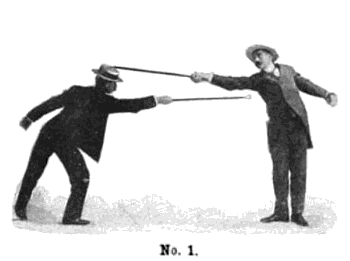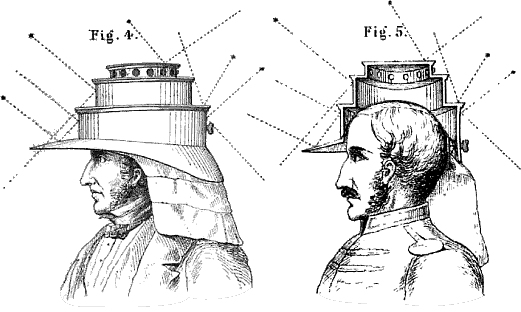There is a misconception among novice paranoids that the so-called "mind-control lasers" control minds directly from their locations in orbit. In reality, these lasers only facilitate conventional psychotronic mind-control coming from either orbiting psychotrons or ground-based stations. But how do the lasers do this?
A recent experiment leaked to the public via Nature Physics -- presumably as part of the continuing strategy of conditioning orthonoids to accept a more conspicuous New World Order, as well as morale-disrupting propaganda aimed at paranoids -- revealed the shocking truth about how these lasers work -- they turn aluminum foil transparent:
[R]esearchers at the FLASH facility in Hamburg, Germany, took a thin piece of aluminium foil and blasted it with an X-ray laser that generated about 10 million gigawatts of power per square centimetre. At standard temperature and pressure, solid aluminium is a lattice of ions surrounded by a sea of free electrons. Each photon in the FLASH beam had enough energy to knock an electron away from an ion, while the photon got absorbed in the process.
Normally in a solid metal, another electron will instantly take the place of the missing one. But FLASH is so powerful that it can rip out one electron from every ion in the foil before other electrons can replace them.
With one electron removed, the remaining electrons around each ion settle into a different configuration, becoming too tightly bound for the laser to remove them. That means the X-ray photons can no longer be easily absorbed, and they fly straight through the material, making the previously opaque aluminium transparent to X-rays
This x-ray transparency allows for a piggy-back psychotronic signal to pass right through a layer of aluminum foil, potentially obsolescing the passive mind-control deflection technology on which the Aluminum Foil Deflector Beanie is based. At least that's what the NWO wants paranoids to fear in the hope we'll abandon our beanies and surrender our minds to them in despair. Fortunately, the transparifying process has three major drawbacks that keep it from coming to that:
First, the extreme energy requirements (roughly 9 exawatts per beanie layer) make it difficult for more than a handful of paranoids to be targeted at a time without creating noticeable atmospheric effects -- the sight of which would only increase orthonoid-to-paranoid conversions in the public. In turn, as our numbers increase, the percentage of paranoids affected by beanie transparency will decrease, making the situation even less advantageous for the NWO.
Second, the process creates in foil an unstable state of matter that lasts less than a nanosecond, leaving a narrow window of opportunity for mind controlling. That may be enough time to induce fleeting physio-emotive responses (FEAR, PAIN, ENNUI, etc.), but not enough for complicated behavioral programming, like "GO TO DALLAS; STATION YOURSELF ON THE GRASSY KNOLL; AWAIT FURTHER INSTRUCTIONS". Much less damage can be done with the former than the latter.
Finally, because of this state-of-matter's instability, as one of the researchers behind the leaked information admitted, "As soon as you make it, the stuff blows up". Of course, this last flaw could be used to the NWO's advantage as a way of neutralizing paranoids through remote beanie detonation, but, since they still have to find you to target the lasers, general improvements in camouflaging techniques can mitigate this risk, which really isn't any more worrying than the many other ways the NWO could neutralize a paranoid once identified and located.
At worst, this revelation merely reaffirms the importance of multiple layers when creating AFDBs. Those paranoids still using single-layer configurations are risking transparification and are advised to update their beanies ASAP.




 LATE UPDATE: Lest you think the cryptosymbolic owl is just an example of
LATE UPDATE: Lest you think the cryptosymbolic owl is just an example of  AFTERTHOUGHT UPDATE (2009-07-20): Here's something relevant that's so well-known to paranoids that it didn't occur to me that some of my orthonoid readers might not be aware of it: there's an owl on the front of the US$1 bill, hidden on the border of the crest around the "1" in the upper right corner. Do you see?
AFTERTHOUGHT UPDATE (2009-07-20): Here's something relevant that's so well-known to paranoids that it didn't occur to me that some of my orthonoid readers might not be aware of it: there's an owl on the front of the US$1 bill, hidden on the border of the crest around the "1" in the upper right corner. Do you see?




